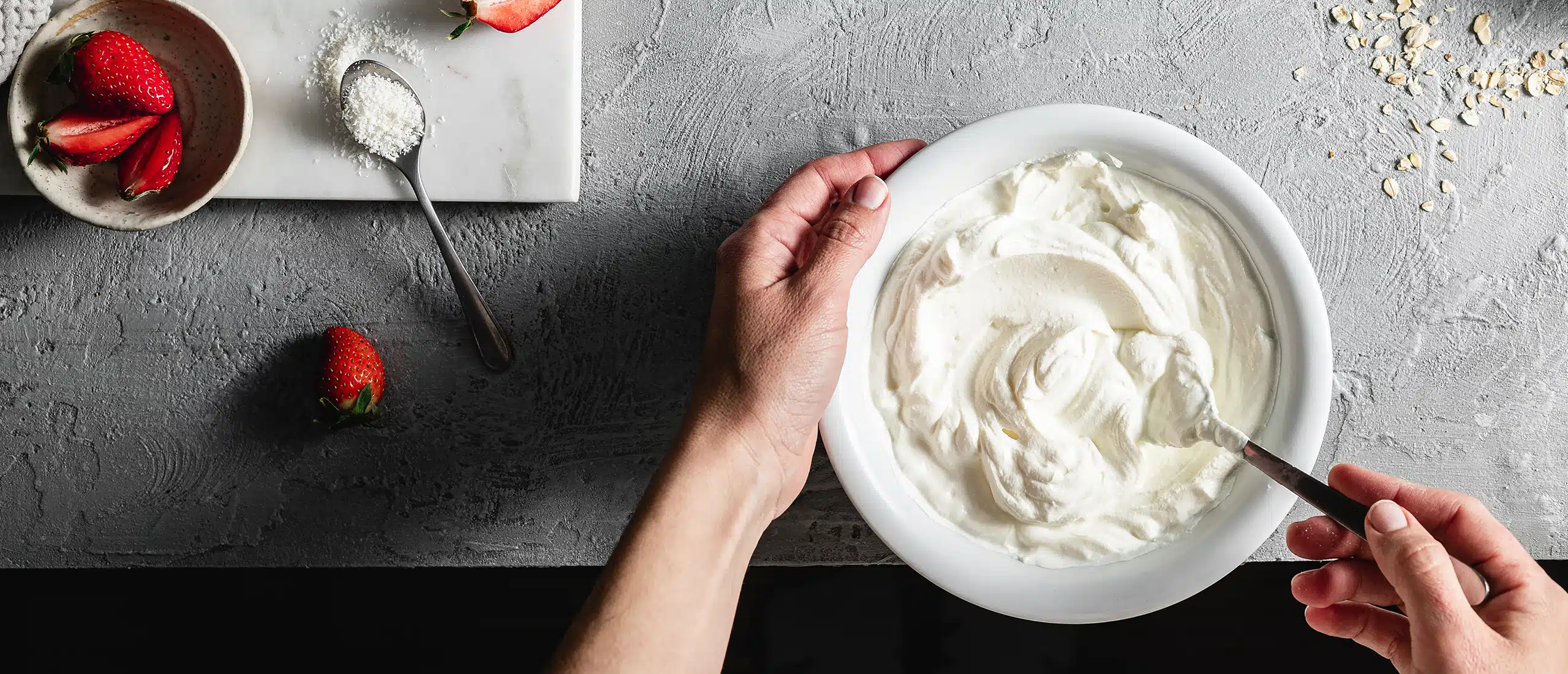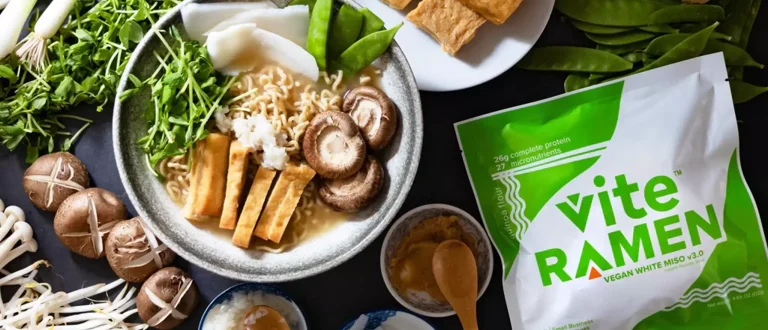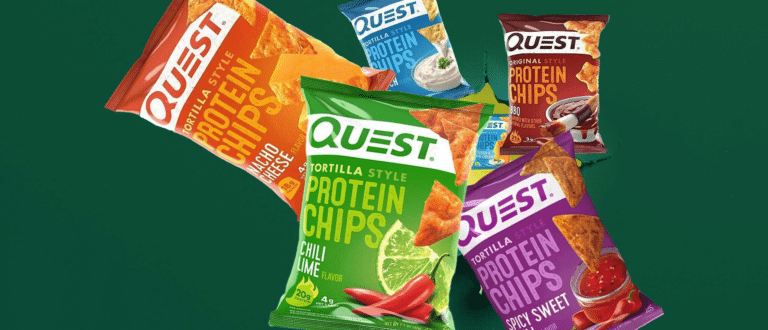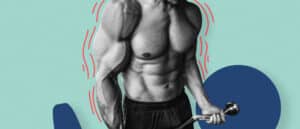The Answer to Your Late Night Sweet Tooth Problem Is Protein Fluff
If your problem with Netflix and chill is the beck and call of the Reese’s peanut butter cups hidden away on the top shelf of your pantry, same. Give me a sofa and sweatpants, and the resolve to stay on the straight and narrow (of my diet, that is) withers to shreds.
I have healthy alternatives on tap. Healthier Oreos, date ‘Snickers’ bars, and Smart Sweets are stashed appropriately. But I wouldn’t dare claim these treats are anywhere as close to my macro goals as, a chicken breast or a protein shake.
That’s where TikTok’s viral protein fluff comes into play. The creamy dessert bowl, created by Hayden Rolfe, only has 200 calories and averages 25 grams of protein (depending on what protein powder you use). Better yet, all you need is four ingredients you probably already have in your kitchen. Here’s the scoop.
@hayden_rolfe Under 200 calories for this whole protein fluff bowl 🥣 #lowcalorieoption #sweettoothrecipes #under200caloriesmeals ♬ original sound - Hayden Rolfe
What is Protein Fluff
Frankly, there are plenty of meh versions of protein fluff floating around. Some have likened the stuff to ice cream, and as a self-proclaimed ice cream connoisseur, I find that offensive. It’s closer to a healthy soft serve—think nice cream (the stuff made only with frozen bananas), but with protein.
It’s typically light and fluffy, and includes your choice of protein powder, fruit, ice, and some type of liquid; but, it can be richer by adding things like chocolate, peanut butter, or bananas to the mix. Rolfe’s version combines vanilla protein powder, strawberries, plant-based milk, and ice which yields a flavor reminiscent of Berries and Creme Starbursts (without all the sugar).
How to Make Protein Fluff
Want to try it for yourself? Here’s how Rolfe does it.
Ingredients
- 150 grams strawberries (roughly ¾ of a cup)
- 50 ml unsweetened plant-based milk
- A scoop of protein powder
- A handful of ice
Instructions
- Throw the strawberries, milk, protein powder, and ice in a food processor.
- Blend for five minutes.
But, How Does It Taste?
Glad you asked. Rolfe says a food processor—he uses the Ninja Professional Plus Kitchen System which comes equipped with a blender and food processor attachment— is key to a creamy fluff. However putting ice into your run-of-the-mill food processor can dull the blades, which is why I made mine in the blender instead.
When it comes to flavor, Rolfe is spot on. It’s fresh, creamy, light, and generally, delightful. But when it comes to texture, I had problems. The ingredients clung to the sides of my old-school Ninja blender so I constantly had to open the blender to scrape the concoction back into position, blend for two seconds, and repeat. The fluff is good, but truthfully not worth that level of commitment.
Why You Should Eat More Protein
If you’re considering whipping up a bowl of protein fluff, there are plenty of science-backed benefits in your favor. Studies show a diet high in protein can help:
- Maintain and increase muscle mass (1)
- Boost bone health (2) and reduce the risk of osteoporosis (3)
- Reduce appetite and hunger levels (4)
- Reduce cravings and late-night snacking (4)
- Boost metabolism and burn more fat (5)
- Reduce blood pressure (6)
- Lower LDL (bad) cholesterol (7)
- Maintain and lose weight (8, 5)
- Recover faster (9)
If that’s not enough to convince you, TikTok gets it. “Looks like that stuff everyone always accuses McDonald’s of making their nuggets out of,” one TikToker commented. Fair enough.
References
1. Carbone, J. et al (2019). Dietary Protein and Muscle Mass: Translating Science to Application and Health Benefit. https://www.ncbi.nlm.nih.gov/pmc/articles/PMC6566799/
2. Wallace, T. (2019). Optimizing Dietary Protein for Lifelong Bone health. https://journals.lww.com/nutritiontodayonline/fulltext/2019/05000/optimizing_dietary_protein_for_lifelong_bone.5.aspx
3. Hannan, M. et al (2009). Effect of Dietary Protein on Bone Loss in Elderly Men and Women: The Framingham Osteoporosis Study. https://asbmr.onlinelibrary.wiley.com/doi/full/10.1359/jbmr.2000.15.12.2504
4. Leidy, H. et al (2011). The Effects of Consuming Frequent, Higher Protein Meals on Appetite and Satiety During Weight Loss in Overweight/Obese Men. https://pubmed.ncbi.nlm.nih.gov/20847729/
5. Moon, J. et al (2020). Clinical Evidence and mechanisms of High-Protein Diet-Induced Weight Loss. https://www.ncbi.nlm.nih.gov/pmc/articles/PMC7539343/
6. Kuil, W. et al (2010). Dietary Protein and Blood Pressure: A Systematic Review. https://pubmed.ncbi.nlm.nih.gov/20711407/
7. Appel, L. et al (2005). Effects of Protein, Monounsaturated Fat, and Carbohydrate Intake on Blood Pressure and Serum Lipids. https://jamanetwork.com/journals/jama/fullarticle/201882
8. Leidy, H. et al (2015). The Role of Protein in Weight Loss and Maintenance. https://pubmed.ncbi.nlm.nih.gov/25926512/
9. Cintineo, H. et al (2018). Effects of Protein Supplementation on performance and Recovery in Resistance and Endurance Training. https://www.ncbi.nlm.nih.gov/pmc/articles/PMC6142015/












